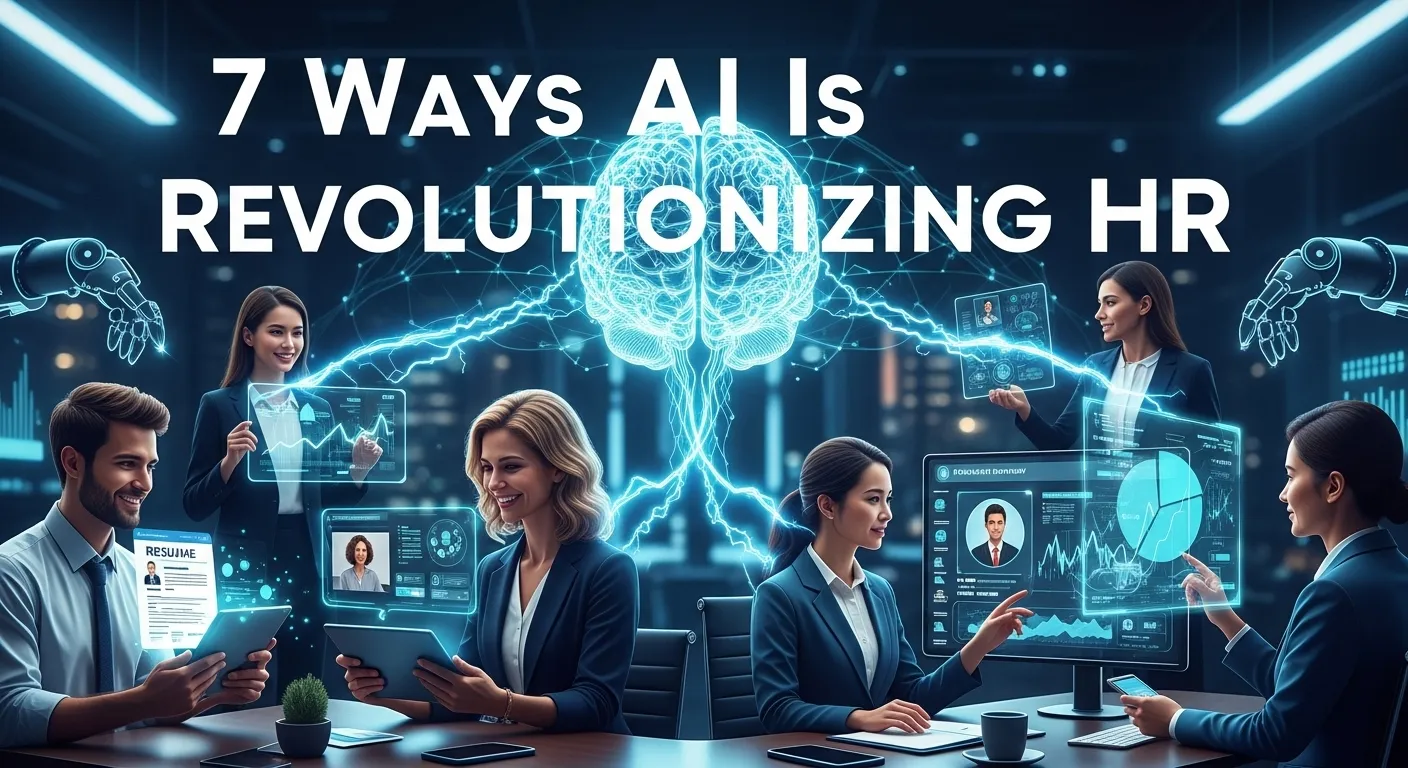Your next job application might not be read by a human at all — and that could be a good thing. Welcome to the world of AI in human resources, where algorithms are sifting through resumes, spotting hidden talent, and trying to eliminate hiring bias. Let’s unpack how this technology is changing the game.
What Is AI in HR?
Artificial Intelligence in Human Resources refers to smart software that automates and enhances tasks like resume screening, candidate evaluation, and even employee engagement. Think of it as a super-powered, data-driven assistant that never gets tired of reading cover letters.
How AI Resume Screening Works
When you hit “submit” on a job application, AI systems spring into action through a multi-layered process:
- Parsing & Data Extraction: The AI scans your resume, pulling out key information like skills, education, and work history, converting unstructured documents into structured data.
- Keyword & Skill Matching: It compares your profile against the job description, scoring candidates based on relevance.
- Pattern Recognition: Advanced systems analyze successful past hires to identify candidates with similar traits and career trajectories.
- Bias Detection: Many modern tools flag potentially biased language in job descriptions and can anonymize applications to focus on qualifications.
Key Benefits & Use Cases
- Massive Time Savings: AI can screen hundreds of resumes in minutes, freeing up HR teams for strategic tasks.
- Improved Quality of Hire: By analyzing data patterns, AI can predict which candidates are likely to succeed and stay longer.
- Reduced Unconscious Bias: When properly calibrated, AI can help create more diverse hiring pipelines by focusing on skills rather than demographics.
- Use Case — High-Volume Hiring: Retail and hospitality companies use AI to efficiently process thousands of seasonal applications.
- Use Case — Technical Recruitment: Tech firms leverage AI to verify coding skills and specific technical competencies beyond what’s listed on resumes.
Costs & Pricing Models
AI HR tools typically follow three pricing structures:
- Per-User/Per-Month: Ranging from $50-$200 per recruiter monthly for platforms like Lever and Greenhouse
- Enterprise Licensing: Custom pricing for large deployments, often $10,000+ annually
- Pay-Per-Application: Some newer tools charge based on volume of resumes processed
Implementation costs can add 20-30% for setup, integration, and training.
AI Hiring Trends in the US
The adoption of AI in American HR departments is accelerating rapidly. According to recent surveys, approximately 65% of recruiters now use some form of AI screening tools, up from just 24% in 2018. States with tech hubs like California, Texas, and New York lead adoption, while midwestern manufacturing and agricultural states are catching up. The Equal Employment Opportunity Commission has begun issuing guidance on AI hiring compliance, reflecting growing regulatory attention.
Top AI HR Tools Compared
- HireVue: Offers video interviewing with AI analysis of verbal and non-verbal cues. Best for customer-facing roles but faces scrutiny over bias concerns.
- Ideal: Focuses specifically on resume screening with strong bias detection features. Excellent for high-volume recruitment.
- Pymetrics: Uses neuroscience games to assess candidates. Strong on diversity but less focused on traditional resume parsing.
- Eightfold AI: Talent intelligence platform that maps skills and career paths. Most comprehensive but requires significant implementation.
Implementing AI Screening: A Step-by-Step Guide
- Audit Your Current Process: Identify pain points — where are bottlenecks occurring? What types of roles take longest to fill?
- Define Success Metrics: Establish what you want to improve — time-to-hire, quality of hire, diversity metrics, or cost-per-hire.
- Select the Right Tool: Choose a platform that aligns with your primary needs (volume screening vs. quality assessment vs. bias reduction).
- Pilot with a Test Group: Run the AI alongside human reviewers for a specific department or role type to compare outcomes.
- Train and Calibrate: Work with the vendor to ensure the AI understands your company’s specific needs and values.
- Monitor and Adjust: Continuously review the AI’s recommendations and make adjustments to avoid algorithmic drift or emerging biases.
FAQs
Can AI in hiring be biased?
Yes, if trained on biased historical data, AI can perpetuate discrimination. However, modern systems include bias detection features, and regulations like New York City’s AI hiring law require audits to ensure fairness.
Do applicants know when AI is screening them?
Often not explicitly, though ethical guidelines suggest transparency. Some systems notify candidates that AI will review their application, while others don’t disclose the automated screening process.
What should I include in my resume for AI screening?
Use standard formatting (no graphics or columns), include relevant keywords from the job description, and clearly list measurable achievements. Avoid fancy templates that parsing software might struggle with.
Bottom Line
AI in HR isn’t about replacing human recruiters — it’s about augmenting their capabilities to make better, faster, and fairer hiring decisions. As the technology matures, the most successful companies will be those that blend AI efficiency with human intuition. The future of hiring is here, and it’s collaborative.

